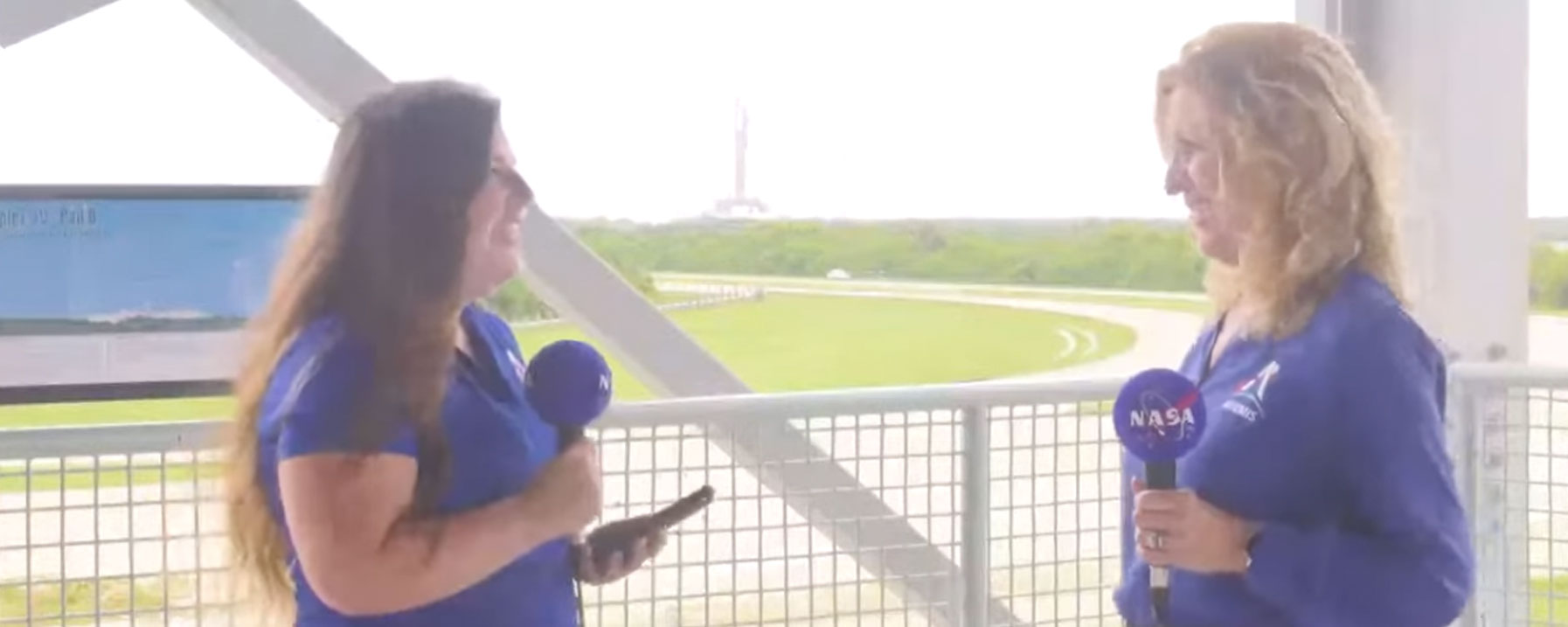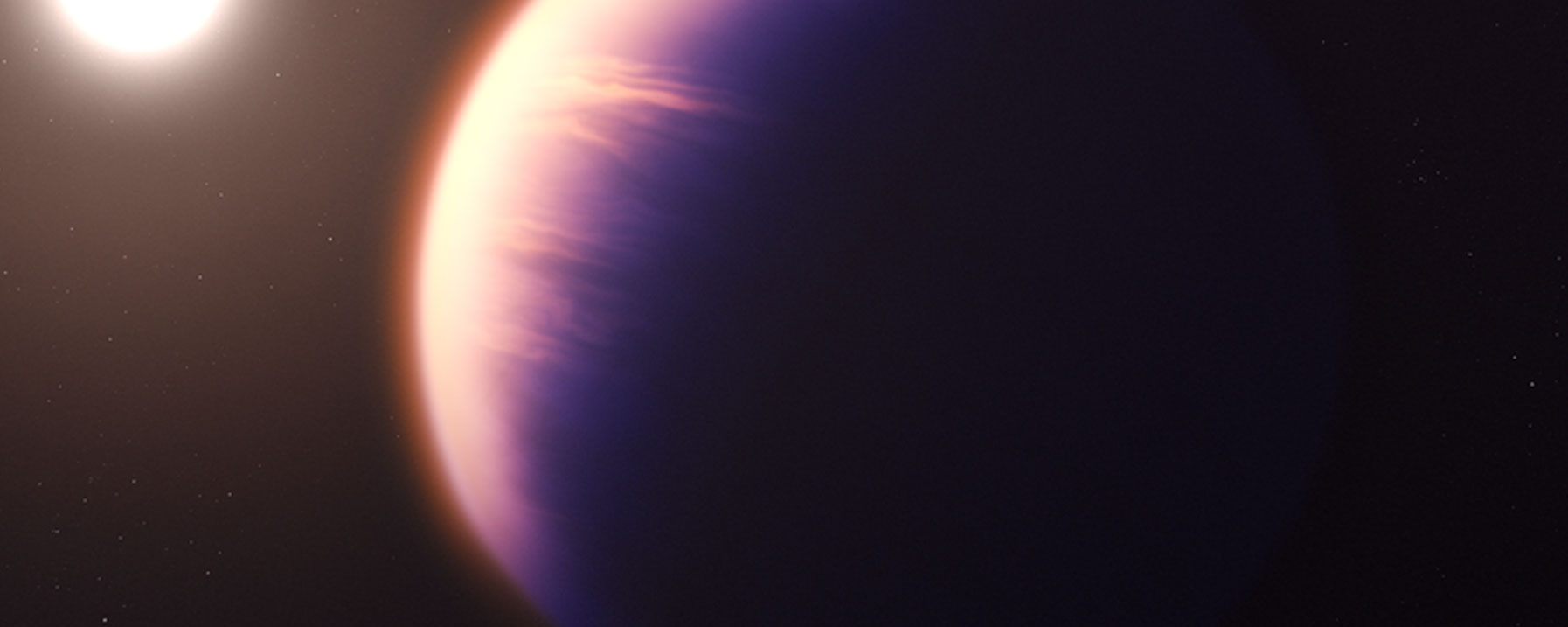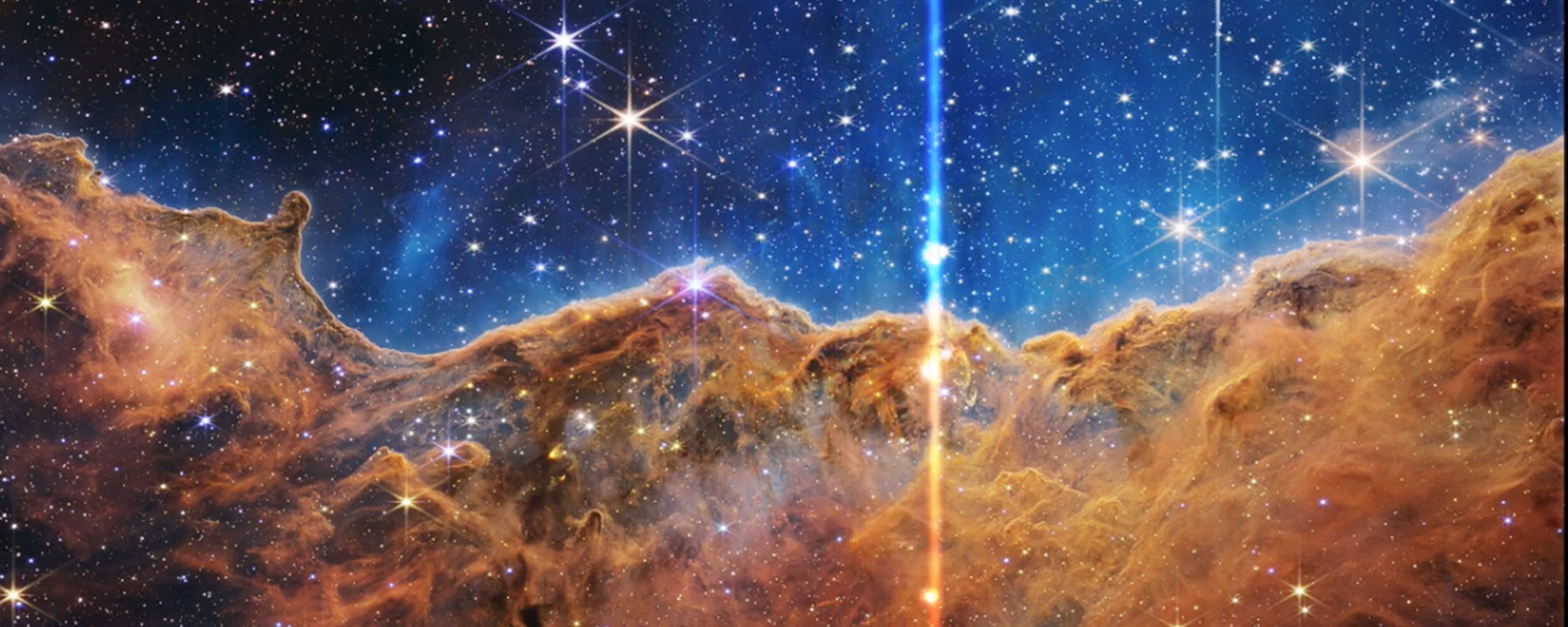Week of August 29 – September 2
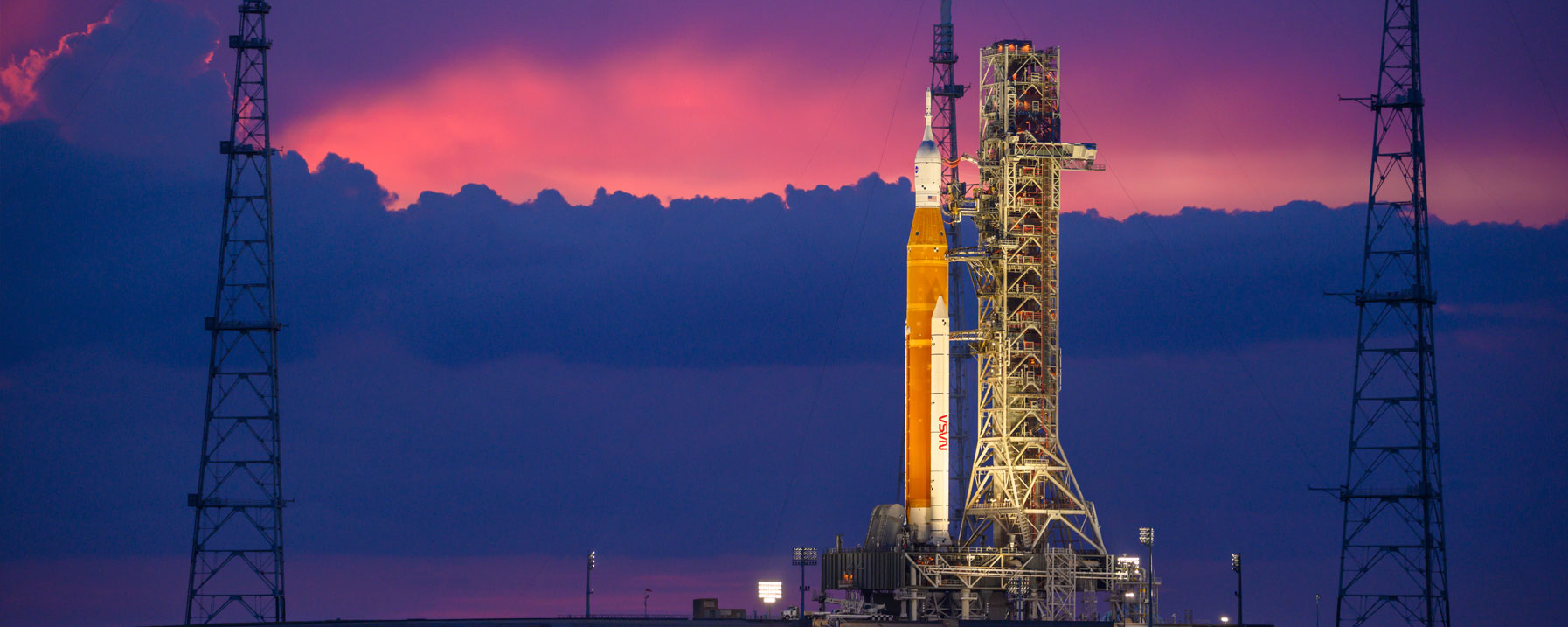
NASA Targets Sept. 3 for Next Artemis I Moon Mission Launch Attempt
NASA is targeting Saturday, Sept. 3 at 1:17 p.m. CDT, the beginning of a two-hour window, for the launch of Artemis I, the first integrated test of NASA’s Orion spacecraft, Space Launch System (SLS) rocket, and the ground systems at the agency’s Kennedy Space Center in Florida.
Artemis I Q&A with SLS Moon Rocket Expert
Sharon Cobb, Space Launch System (SLS) associate program manager, joined Alyssa Lee, SLS media specialist, to discuss the Moon rocket that will launch a new era of space exploration.
Webb Telescope Detects Carbon Dioxide in Exoplanet Atmosphere
NASA’s James Webb Space Telescope has captured the first clear evidence for carbon dioxide in the atmosphere of a planet outside the solar system. This observation of a gas giant planet orbiting a Sun-like star 700 light-years away provides important insights into the composition and formation of the planet.
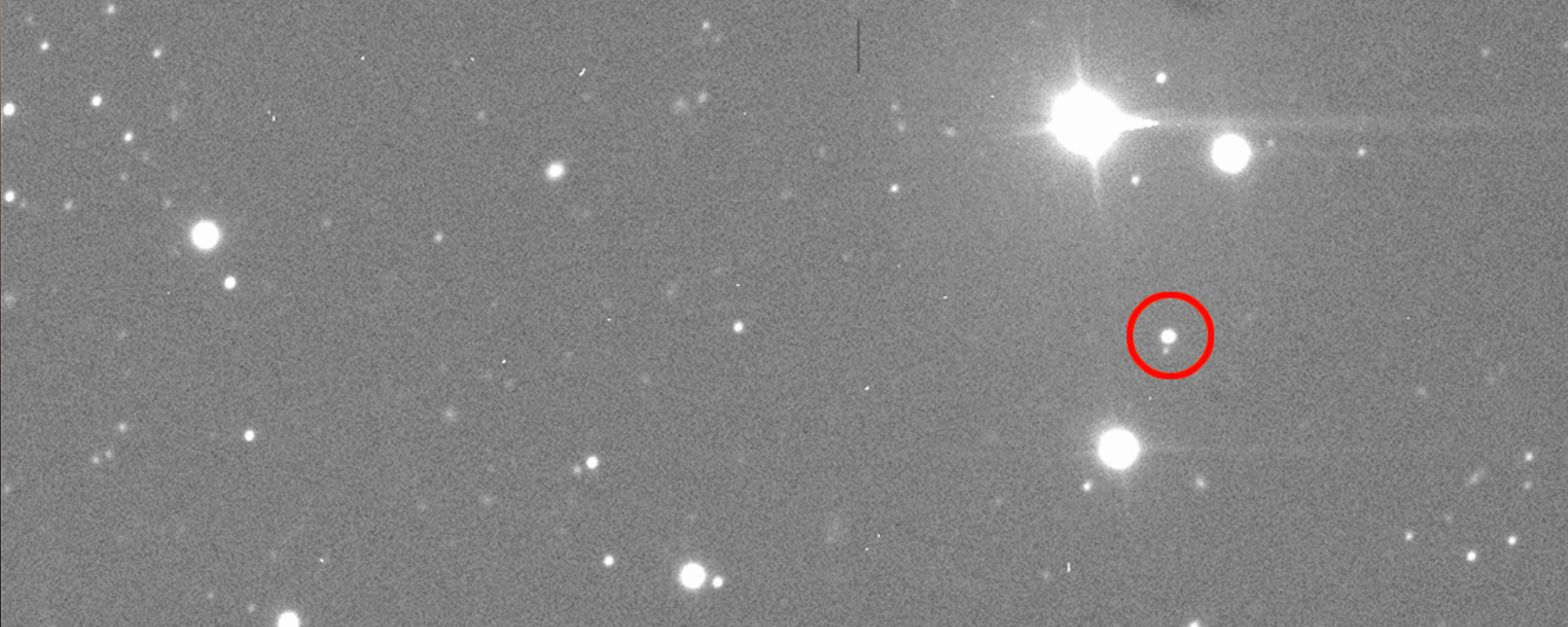
DART Team Confirms Orbit of Targeted Asteroid
Using some of the world’s most powerful telescopes, the DART investigation team last month completed a six-night observation campaign to confirm earlier calculations of the orbit of Dimorphos – DART’s asteroid target – around its larger parent asteroid, Didymos, confirming where the asteroid is expected to be located at the time of impact.
NASA Webb’s First Full-Color Images, Data Are Set to Sound
There’s a new, immersive way to explore some of the first full-color infrared images and data from NASA’s James Webb Space Telescope – through sound. Listeners can enter the complex soundscape of the Cosmic Cliffs in the Carina Nebula, explore the contrasting tones of two images that depict the Southern Ring Nebula, and identify the individual data points in a transmission spectrum of hot gas giant exoplanet WASP-96 b.
For more information or to learn about other happenings at NASA’s Marshall Space Flight Center, visit NASA Marshall. For past issues of the ICYMI newsletter, click here.


























